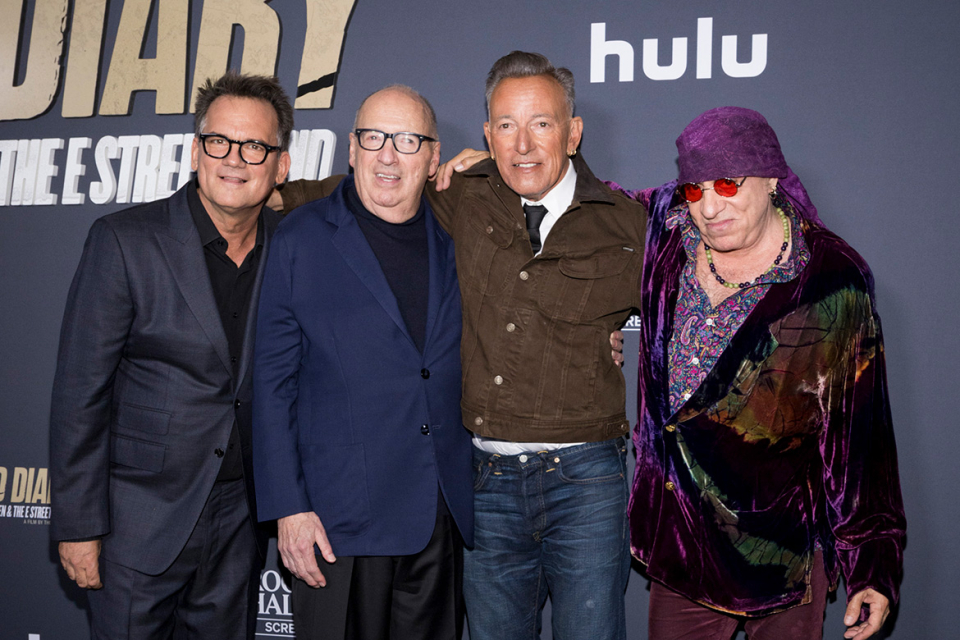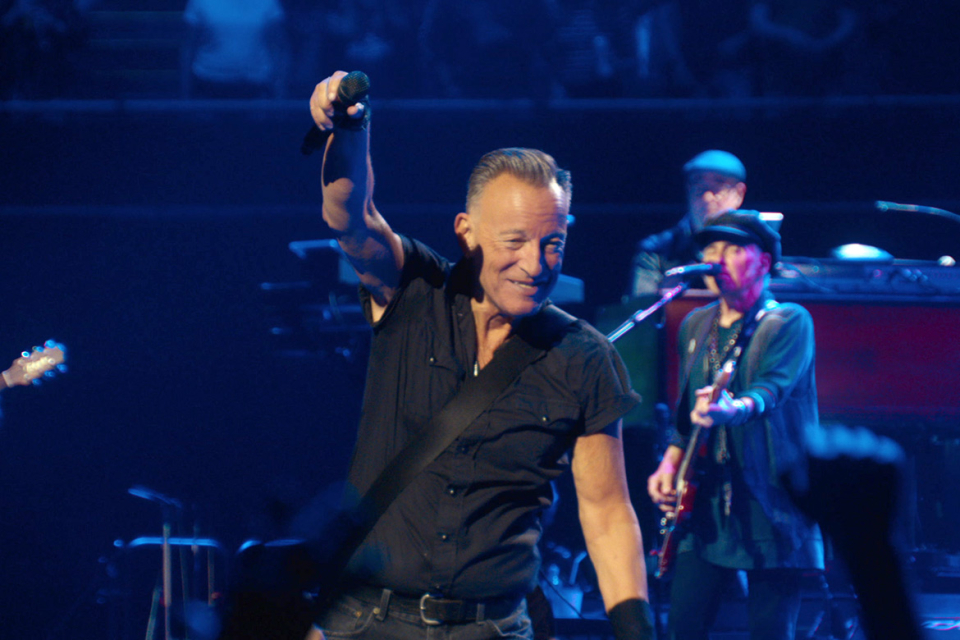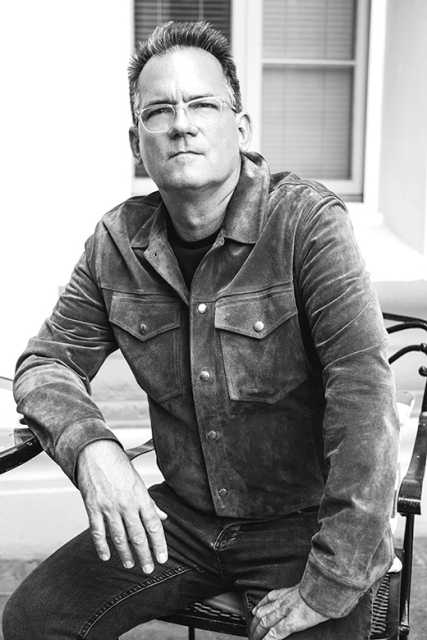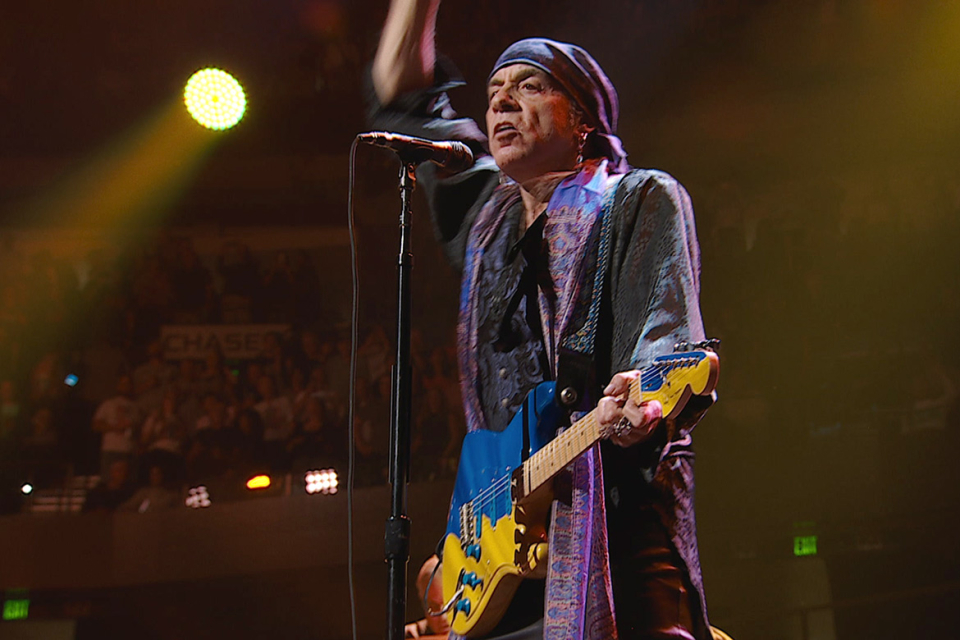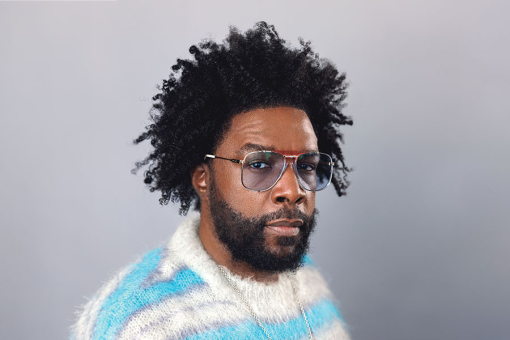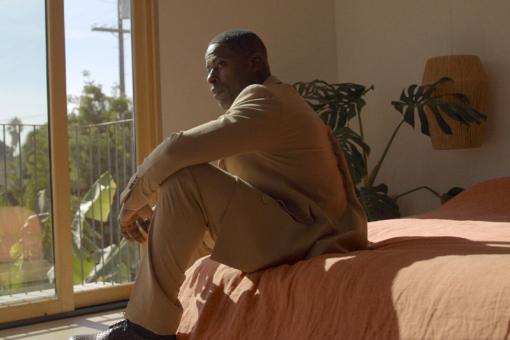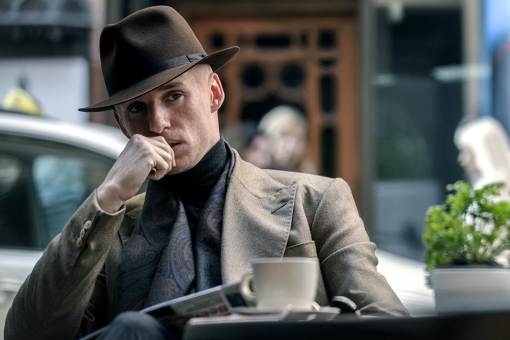Bruce Springsteen walks in from the light, purposeful, notebooks in hand. He beams as he hugs his bandmates from the E Street Band.
It's the band's first reunion after the pandemic. They're in New Jersey. Where else could be as perfect? They begin rehearsals at The Count Basie Theatre in Red Bank. Once, it was The Carlton Theater, "where back in the 70s, I'd play with the early E Street Band," Springsteen recalls in Thom Zimny's Road Diary: Bruce Springsteen and the E Street Band.
The documentary captures a special time around the world, when everyone emerged from Covid isolation, eager for the community of others. Few moments are more communal than the absolute joy of a live Springsteen show. "Since I was 16, playing live has been a deep and lasting part of who I am, and how I justify my existence here on Earth," Springsteen says in the voiceover as photos of his first band, The Castiles, are shown. "Recently, when the world shut down, no live music, no audiences. So, I made a promise to myself — to my fans and to the band —that if we got through this, I'd throw the biggest party I could."
He did just that, as anyone lucky enough to attend can attest.
Zimny's 14th film about Springsteen chronicles the making of this continuing tour. Shooting began in January 2023, and followed the band through rehearsals and performances until last June. As with all matters Springsteen, Road Diary is serious yet playful — a philosophical take on life filtered through rock'n'roll. And as with any film about a band, there's get-up-off-your-couch-and-dance concert footage. Road Diary, however, is more. There's depth to the 99-minute film, which premieres on Hulu and Disney+ on October 25. It's a sharp reflection, without being maudlin, of the passage of time — especially since two original band members, Clarence Clemons and Danny Federici, died.
"Clarence and I were very, very close for 40 years," Springsteen says. "We were different parts of the same spiritual body."
Although the film is set in modern day, it reminds us of the lifelong relationships at the group's foundation. It shows how the E Street Band first toured — sleeping on tables in the back of a gutted van.
Still, this isn't an exhaustive, Ken-Burns-style retrospective. Rather, it's an intimate look at a leader and his band as they work on a tour.
The documentary also shows elated fans around the world at the concerts. Like his original fans, who first heard him over scratchy transistors, Springsteen's getting older. At 75, he continues to have a blast on stage. And as he speaks — in a voiceover, from a script that he wrote —Springsteen comes across in the documentary as he does in concert: Completely heartfelt and a pro determined to give the fans what they came for. Also profiled in the doc and speaking individually on camera are fellow band members Stevie Van Zandt (guitar and vocals), Max Weinberg (drums), Garry Tallent (bass), Patti Scialfa (vocals, guitar), Nils Lofgren (guitar, accordion) and Roy Bittan (piano and keyboard).
Filmmaker Zimny talks with the Television Academy about his lifelong appreciation of Springsteen and the making of this film.
Television Academy: When do you remember first hearing Bruce?
Thom Zimny: My first connection to him was growing up in New Jersey. I really got deeply involved in him listening and looking at the stories of the album, Darkness on the Edge of Town.
As an adolescent — at 16, 17 — growing up in the seashore area and also having a father who was a carpenter in the local town, all these lyrics and the narratives of Darkness really spoke to me deeply.
So you're a Jersey guy chronicling the great chronicler of New Jersey. Where are you from and how does that play into the process?
Point Pleasant. One of my earliest memories with loving the writing of Bruce was seeing the lyrics of "Backstreets" handwritten on the side of the building at the boardwalk. There's been this opportunity as a filmmaker to wear many different hats, where I'm a fan, but I'm also a director. I go back and forth between those different roles, thinking about something from the point of view as director or an editor, or just the guy who grew up in Jersey. Being that fly on the wall and capturing this moment of the E Street Band coming back, something every fan would love to just see unfold.
Bandmates share this deep connection but for most fans, we only know what we see onstage. What did you want the film to reveal?
The film gives you that opportunity to go to places that, as a teenager, you would think, like, "how is it to be around the band? How do they prepare?" So, there's a part of me, especially with Road Diary, I've always wanted to explore and unpack Bruce, the band leader, how he works with the band, and his collaboration with producer Jon Landau. I've been really chasing that for a long time. And what I mean by "chasing that" is unpacking that very close brotherhood that started with Born to Run.
What was important for you to get across with Road Diary?
That I was not going to repeat certain languages of the concert film or the rock-and-roll doc. I wanted to get at this place where you could hear a choir of different voices; what I mean is a choir like E Street Band itself, telling you their feelings of what it means to come back, explaining their history, some of the beauty of the early days of the band.
I wanted to also bring you to a space where you could see how Bruce creates — whether it's details of him setting up the set list, where there's songs back-to-back that create an emotion, or what Bruce does to perform and get ready to go on tour. This is the amount of attention this band is putting into this tour, to this moment. I wanted to give you that inside view, but I also wanted Bruce himself to come into the film.
Springsteen says, "I stuck closely to our original set list on this tour because it told the story I wanted to communicate – life, death and everything in between. The beauty of my job is to be there and only there." How do you see his voiceovers?
I would say, in that classic Bruce way of narration, which is humorous, self-reflective, loving of the moment. But it is also understanding of how the theme of mortality is there in the songs, because the film is tackling many different themes. I don't think these themes I got on my own; I think I saw them in his presentation of the show. And Road Diary has many different emotional arcs that mimic a lot of the feelings that one gets when they see the show, which is humor and the excitement of rock-and-roll. But there is also some of the sadness and loss — and some of the ideas of how we can live in the moment.
Bruce says it best when he describes the light coming down the tracks right at us, and that time is moving on. You know that commitment and that understanding of time that I wanted to get across in the doc through Bruce's and the band's performances, but also leave you at this place that you feel the exhilaration of his shows. I tried to stand in the pit and feel the power of this band.
Road Diary streams on Hulu and Disney+ on October 25.



